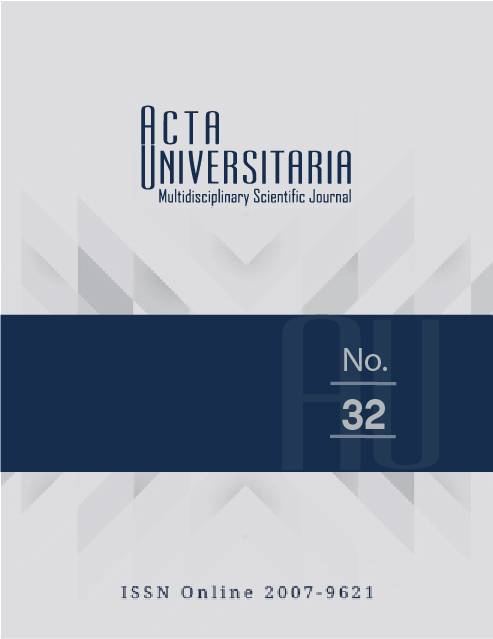Variation of zooplankton in two urban lakes located in recreational parks in the state of Morelos, Mexico
Published 2022-04-06
How to Cite
Abstract
The present study was carried out in two lakes of ecotourism importance, the Lake Borda Garden (JB) and the Lake Alameda Solidaridad Park (PAS), in the municipality of Cuernavaca, Morelos, Mexico. A single location was established in each lake, and samples were taken monthly from November 2014 to May 2015. The zooplankton community consisted of 16 species (12 rotifers, two copepods and two cladocerans): Lake JB recorded only ten species and Lake PAS 11 species, with both lakes sharing seven species. Redundancy analysis (RDA) in JB lake weights zooplankton with pH and alkalinity, whereas in PAS lake zooplankton was related to water temperature, dissolved oxygen, transparency, and pH in the cold dry season. The community structure could be used as a bioindicator of water quality assessment, while its long-term changes must be monitored.


